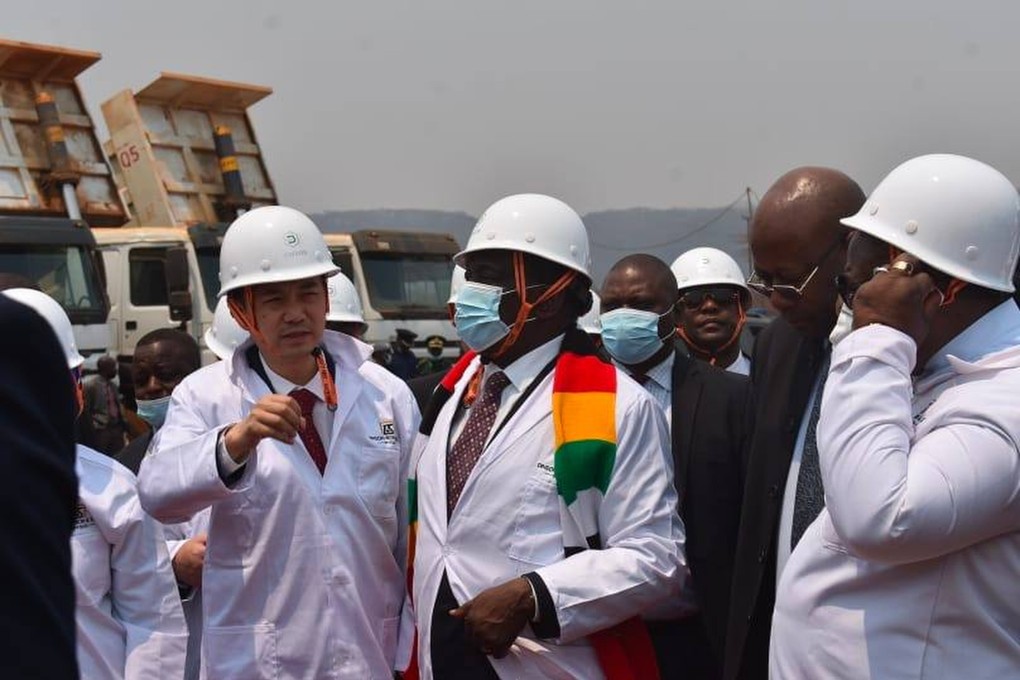Chinese steel giant building massive US$1 billion plant south of Zimbabwe’s capital
- Raw materials will be mined and processed locally, with reserves sufficient to last 100 years
- Chinese investment in Zimbabwe picked up after West imposed sanctions on the country

It will make use of the abundant iron ore, chrome, coal, nickel and limestone available in Zimbabwe to make iron and steel products and help Zimbabwe develop its steel value chain. Raw materials will be mined and processed locally, with reserves sufficient to last 100 years, according to Zimbabwean government officials.
Through its subsidiary, Dinson Iron and Steel, Tsingshan is building a steel-manufacturing plant that could turn Zimbabwe into one of Africa’s largest producers of iron and steel products. The plant, which will be ready by next year, will initially produce 600,000 tons of steel a year and that production could double when it is running at full throttle.
The plant will help revive Zimbabwe’s iron and steel industry, whose fortunes have dwindled over the years due to economic mismanagement, especially under former president Robert Mugabe.
Mnangagwa said: “I express my gratitude towards the People’s Republic of China for their support of our goals as a nation. This comes with new projects and resuscitation of plants which offer milestones towards industrialisation.”
He said countries that had imposed sanctions on Zimbabwe were surprised to see it prosper with China’s help.
